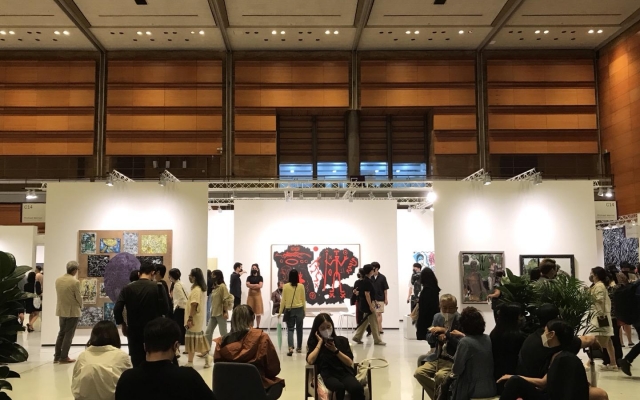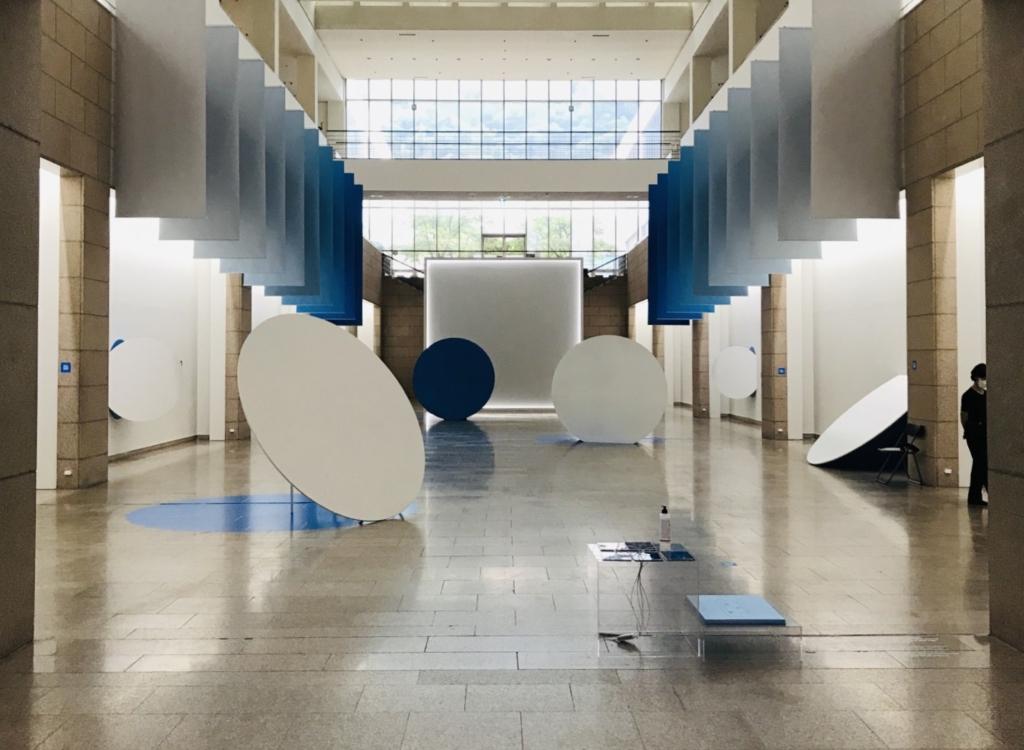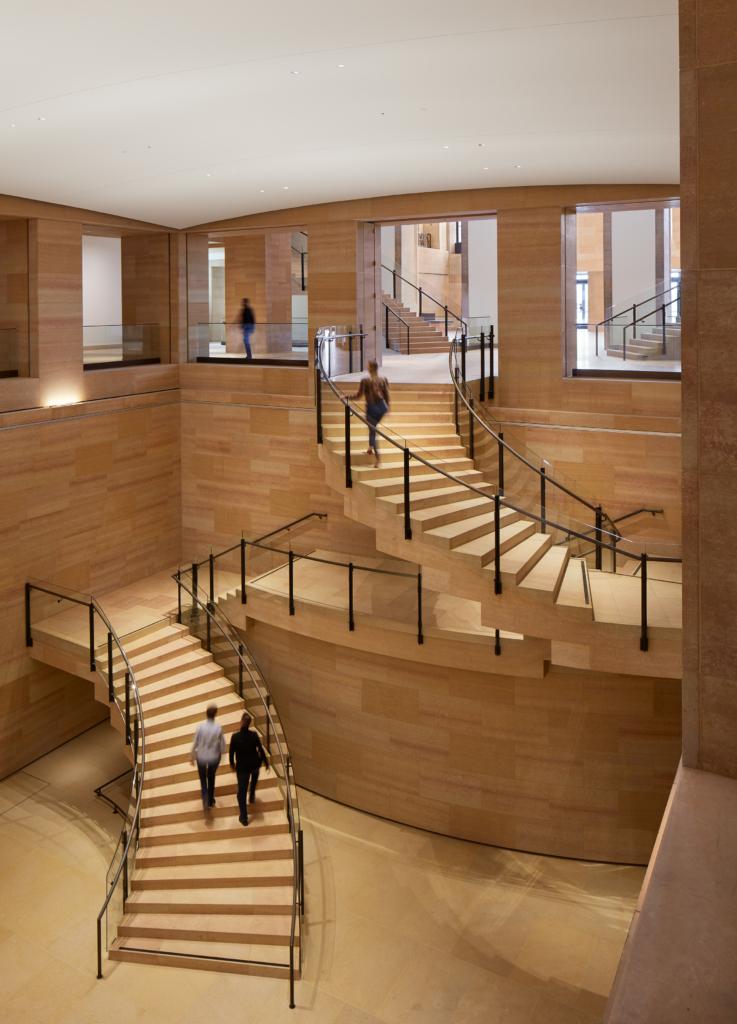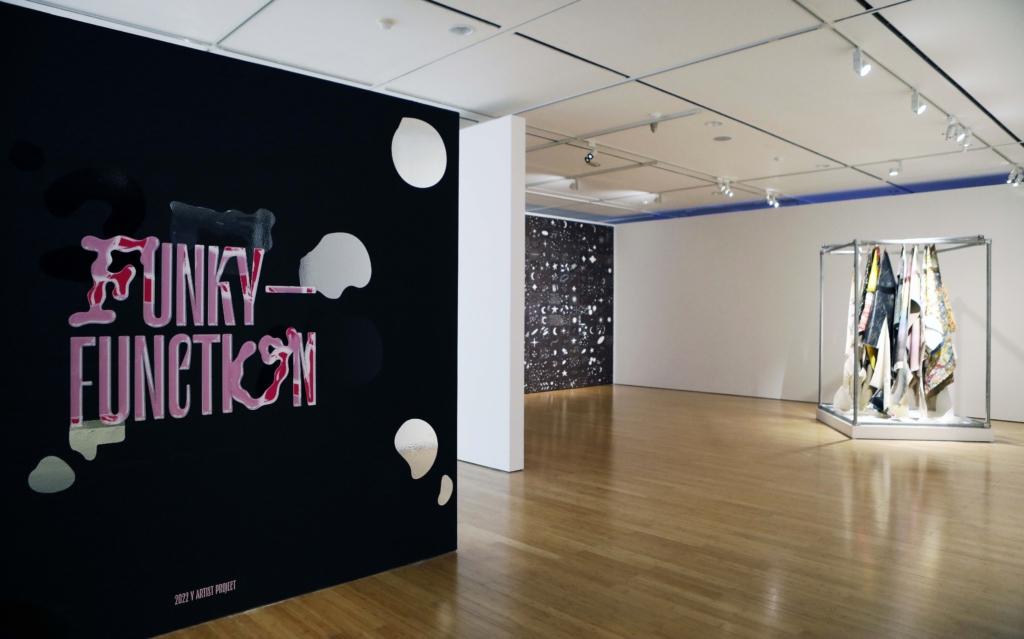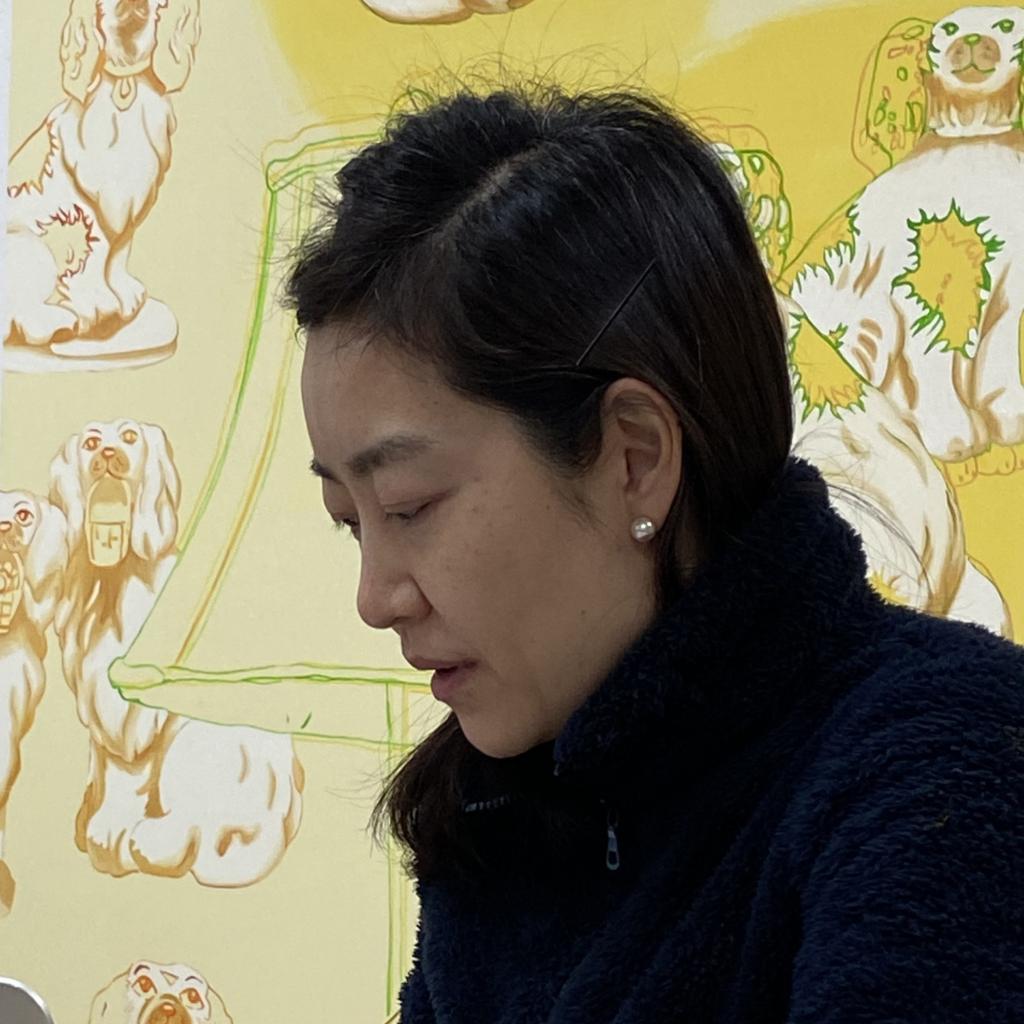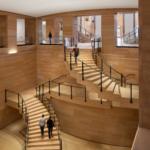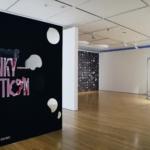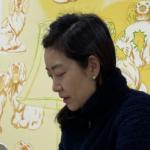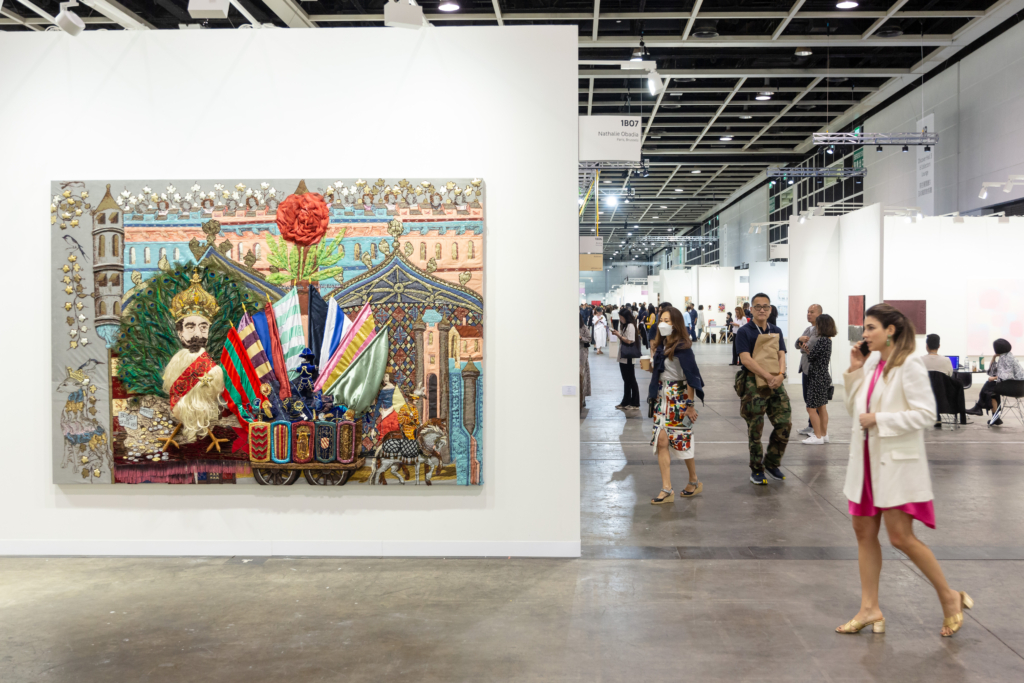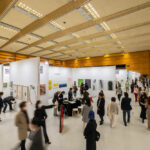After the Inaugural Frieze Seoul... What Barriers Should the Korean Art Market Overcome?
Frieze’s first Asian edition and one of the longest-running local art fairs, Kiaf SEOUL, were jointly held on an international scale at the convention center COEX. As each fair wrapped up the event on September 5 and 6, participants from all around the world reported their sales results and shared their impressions of the Korean art market.
Kiaf SEOUL featured a total of 164 galleries from seventeen countries. Sixty galleries were located outside of South Korea, a number that doubled from the previous year. Only twelve of the 110 galleries participating in Frieze Seoul were based in Korea. At the inaugural edition of the Frieze art fair, world-renowned galleries such as Gagosian, Hauser & Wirth, and Lisson Gallery took part for the first time.
Frieze Seoul and Kiaf SEOUL attracted more than 70.000 visitors. Numerous media outlets have reported that the joint fairs have attracted key figures from the global art world as well as mega collectors. The majority of the visitors were based in the country.
The global art world’s magnates, such as Tate Director Maria Balshaw, Guggenheim Director Richard Armstrong, LACMA CEO and Wallis Annenberg Director Michael Govan, M+ Director Suhanya Raffel, Denver Art Museum Frederick and Jan Mayer Director Christoph Heinrich, and the Serpentine Galleries Artistic Director Hans Ulrich Obrist, visited the fairs. The fair attracted renowned art collectors such as the Bangladeshi collector Rajeeb Samdani, the interior designer Yasmin Ghandehari, and the Libyan Princess Alia Al-Senussi.
Frieze has never officially reported its sales results, but some Korean art market experts estimated the size of the inaugural Seoul fair alone to be between 600 billion KRW and 800 billion KRW (approximately $500 million to $700 million) based on the reported sales of artworks. This is ten times Kiaf SEOUL’s highest sales result from the previous year, which was 65 billion KRW ($50 million).
Nonetheless, market watchers estimate the size of other Frieze fairs to be around 1 trillion KRW (roughly $1 billion), causing the Seoul edition to fall slightly short.
According to Artnet News, “For galleries, I think it’s going to be less about immediate sales this week and more about the contacts, and that will then drive future sales,” mentioned Alex Branczik, Sotheby’s head of contemporary art in Asia. Patrick Lee, director of Frieze Seoul, added, “With Korean collectors, it’s a slow burn, but in the long term, they are loyal.”
While many art dealers who participated in the Seoul fairs understood the local market differences and nuances, most participants who had previously observed South Korea’s art market agreed that it had entered a growth trend.
Christie’s, a global auction house, has held its first exhibition in Seoul in time for the Frieze period. Francis Belin, President of Asia Pacific at Christie’s, said, “South Korea’s art market has a strong ecosystem involving various stakeholders in the art scene: art institutes for academic aspects and galleries and auction houses on the commercial side, growing collectors, and great artists.”
The Korean art market lacks many things, but “it’s important that this country is free,” mentioned Jason Haam, who owns a gallery in Seoul. He stated, “This is a very democratic country: free for commerce, free to speak, and free to show things. It’s a freeport for art and a great place to do business.”
The market expectation is based on the inflow of South Korea’s young collectors born after 1980. According to market watchers, these young collectors are driving the country’s ongoing art market boom and will likely continue to do so in the future.
Some galleries noted the difference between Frieze’s first Asian fair in Seoul and other art fairs held in Western regions.
Martin Klosterfelde of Skarstedt Gallery, which participated in the Frieze Masters section, said, “In Basel, everything happens on the first day, but I think this is more like Hong Kong, where it’s quite busy every day.”
Many issues needed to be addressed before the city could serve as an art market hub. In an interview with Artnet News, Moiz Zilberman of Istanbul’s Zilberman Gallery mentioned that the fair was “not as international as Hong Kong.” There were language barriers; Google Maps didn’t function properly; there weren’t enough taxis to get to the fair; and the prices listed in Korean won were confusing. However, Zilberman added that these problems could be gradually resolved over time.
Local galleries also encountered difficulties due to the unprecedented scale of the joint event. Jason Haam, who owns a gallery in Seoul, noted that language barriers, shipping issues, and a lack of professionals, such as PR companies for local galleries, are some of the obstacles that the country has to overcome in the future.
Some art experts are still hesitant about Seoul replacing Hong Kong as the center of the Asian art market hub. Undoubtedly, Hong Kong is undergoing a difficult period, but its market size remains substantial in the global art market. Moreover, the city is rapidly recovering from the COVID-19 crisis. While some acknowledge Seoul as the post-Hong Kong art market hub, others are hesitant to make hasty judgments about South Korea’s and Hong Kong’s art markets.
Local art market experts are concerned about the local market as Korean collectors have a strong preference for international artists based outside the country. Jonathan Crockett, chairman for Asia and head of 20th century and contemporary art in Asia at Phillips, said that the proportion of local artists to international artists at auctions held in London, Paris, and New York is nearly equal. However, Korean buyers mainly focus on purchasing international artists’ artworks.
According to one Korean art critic, “Claiming that the local standard for art will grow higher just because a global heavyweight art fair decided to open one of its editions in Korea is a complacent judgment.” He added, “The success of Frieze Seoul is a separate result from the success of the Korean art market. The international fair also did not provide a chance to promote Korean contemporary art to the world. We shouldn’t be deluded. Frieze Seoul made a hit in Seoul, not the other way around.”
However, the local art market must enter international markets to achieve global expansion. Thus, the negative sentiment toward international entities entering the local market is not an effective strategy for achieving long-term development.
Nonetheless, the local market must remember that laying the foundation for market expansion must come first. Regarding the South Korean art market, an expert from an international auction house remarked that Korean art collectors are not at all selective when purchasing artworks. Their art standards are quite low, as they tend to purchase only works by internationally renowned artists. Rather than focusing on the gold rush and the rapid overheating of the art market, the local market should concentrate on strengthening its market base.
In an interview with Chosun Daily, Maria Balshaw, director of the Tate art museum, noted that “the artist base should be bigger than the market.” “For ten years, Seoul has been an art hub in the East Asian region. I have visited Seoul alone five times in 15 years, and the speed of change is astonishing. Koreans are curious, and there is a great thirst for art. However, depth and width are more important than the growth rate.”
This year’s Frieze Seoul, according to Balshaw, will generate international interest in the local art scene. “World-class galleries are gathering in Seoul, but that shouldn’t be all. The only way to construct a healthy art market is to continuously discover new artists. Broadening the art scene by discovering new talents will be a powerful force for long-term development,” she said.
Related Links
- 이데일리, ‘재주’는 키아프가, ‘돈’은 프리즈가…관람객 7만여명 들이고 폐막, 2022.09.07
- 헤럴드경제, “아시아 ‘아트 허브’로…서울에 필요한 건 시간뿐”, 2022.09.05
- 연합뉴스, 세계적 아트페어 ‘프리즈서울’ 첫 행사 대흥행…마지막날도 북적, 2022.09.05
- Artnet News, The Inaugural Frieze Seoul Opens With Multimillion-Dollar Sales, a New Generation of Collectors, and a Cameo From a K-Pop Legend, 2022.09.02
- Artnet News, With a Little Help From Frieze Seoul, Longstanding Korean Art Fair KIAF Comes Roaring Back, 2022.09.02
- 조선일보, “테이트 모던에선 결혼식도 열려… 대중에 밀착해야 미술관 생존”, 2022.09.02
Aproject Company. Co., Ltd | Founder & CEO : Jay Jongho Kim
216 Dosan-Daero, B2F, Gangnam-gu, 06047 Seoul, Korea
Business Number : 894-88-01945
Contact : aproject.company@gmail.com
Mail-order-sales registration number : 제 2021-서울강남-04243 호










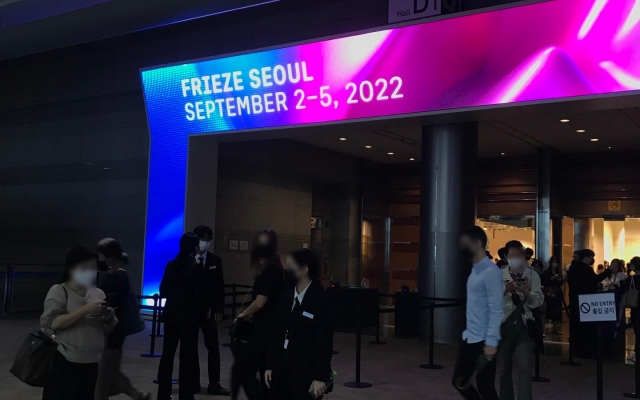

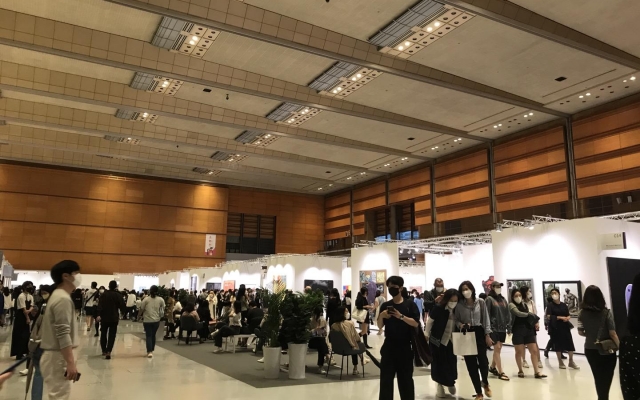

![[Art Fair] Frieze Seoul 2022 Frieze Seoul 2022, COEX, Seoul. Photo by Aproject Company.](https://k-artnow.com/wp-content/uploads/elementor/thumbs/Art-Fair-Frieze-Seoul-2022-1-pulutwq8r8pxraq9oikn2h10954gxvxjqmbzij7fxs.jpg)
